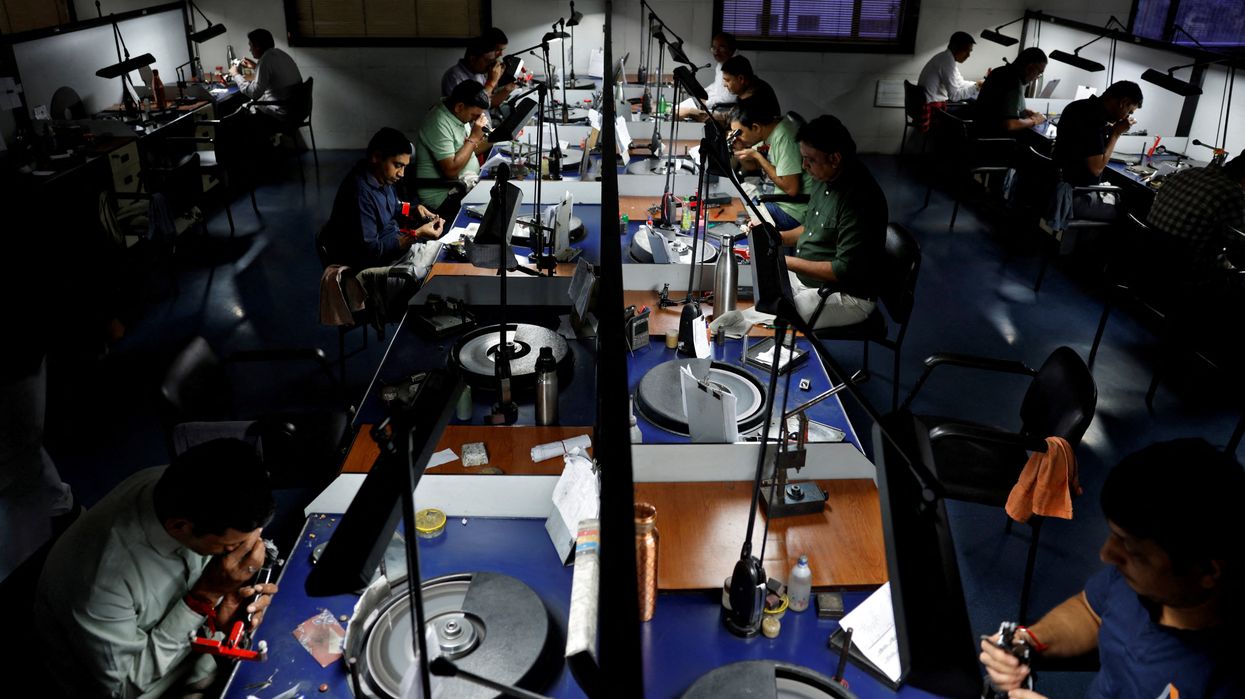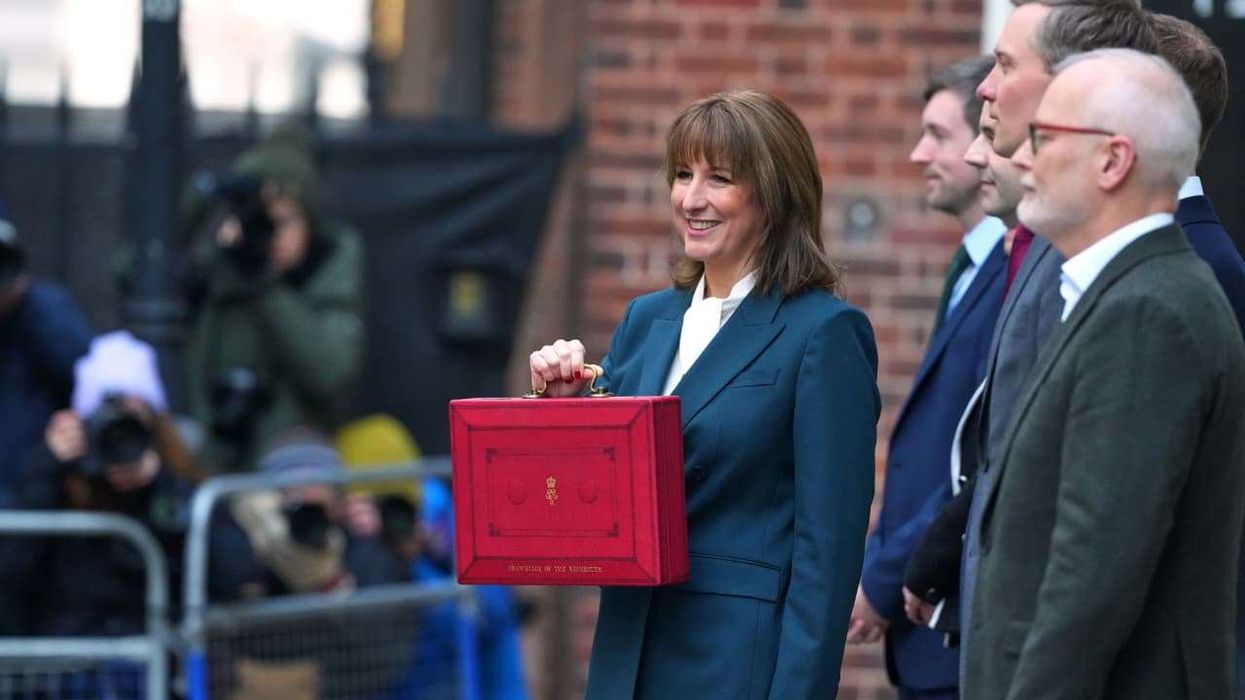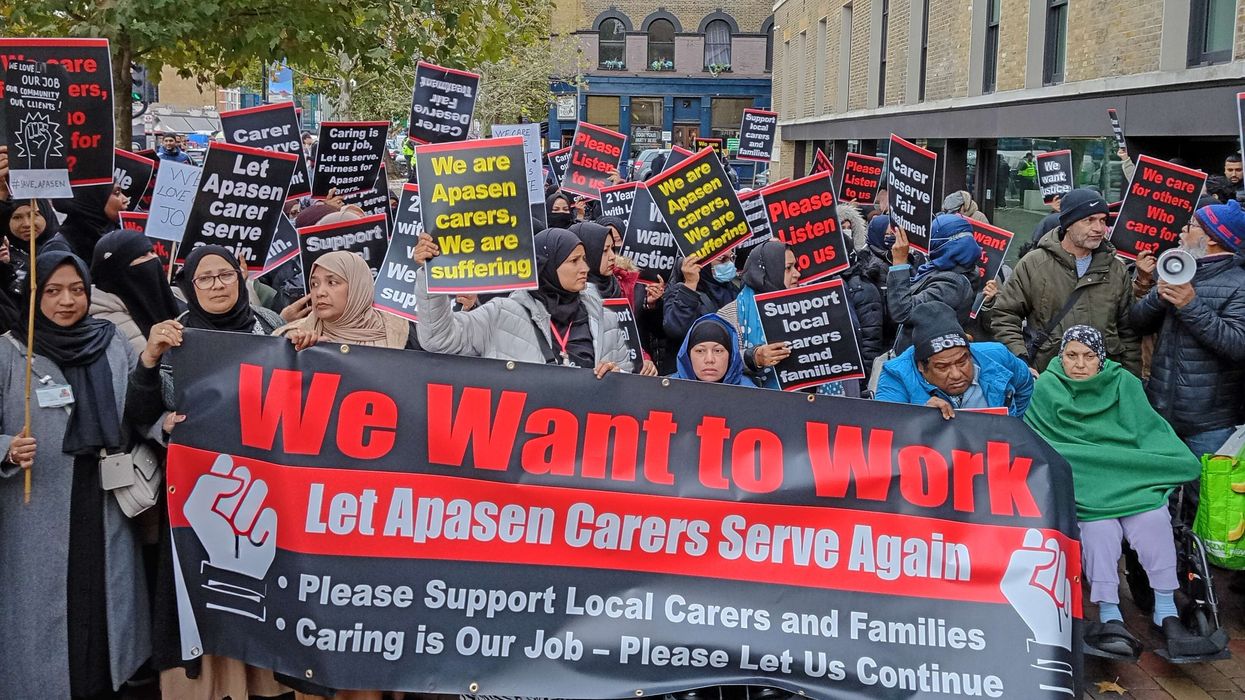THE SURAT Diamond Bourse, billed as the world's largest office complex and bigger than the Pentagon, remains largely empty with only a few traders working.
Business has slowed, and the outlook is uncertain.
India’s diamond exports have fallen to a two-decade low due to weak Chinese demand. Now, higher US tariffs under president Donald Trump are set to hit the industry’s biggest market, which takes nearly one-third of its $28.5 billion annual exports of gems and jewellery.
In Surat, where more than 80 per cent of the world’s rough diamonds are cut and polished, orders are shrinking as the US tariffs undermine buyer confidence.
Smaller exporters have limited options, while bigger firms are considering moving part of their operations to countries like Botswana, which faces a lower 15 per cent tariff. India’s current 25 per cent tariff is set to double on 27 August.
"We are in a wait-and-watch mode until the end of August but may increase production in Botswana if this continues," said Hitesh Patel, managing director of Dharmanandan Diamonds, which expects US tariffs to cut its annual revenue by 20–25 per cent.
Shaunak Parikh, vice chairman of the Gem and Jewellery Export Promotion Council (GJEPC), said the industry was cutting working days and hours to adjust to slower demand.
At the Surat Diamond Bourse, more than 4,700 offices have been sold but fewer than 250 are in use, with several firms reconsidering plans to move in, a bourse official said.
A Mumbai-based diamond company owner, who bought office space last year, said he had postponed shifting. "U.S. tariffs have already shaken our business, and we don't want the added hassle of moving from Mumbai to Surat," he said, requesting anonymity.
In December 2023, prime minister Narendra Modi inaugurated the Surat Diamond Bourse, spread over 6.7 million square feet, larger than the Pentagon’s 6.5 million. Modi called it a symbol of "new India's strength and new resolve".
The bourse, with nine interconnected towers of 15 floors each, also houses banks, customs offices, vaults, and a jewellery mall, designed as a one-stop hub for the global diamond trade.
LITTLE SPARKLE DESPITE PEAK SEASON
Surat’s units usually step up production during this period to meet US demand ahead of Christmas and New Year. This year, many workers are unsure if they will have jobs.
"Demand has slumped so badly that the diamond packets I sold for 25,000 rupees ($285.84) last year now barely fetch 18,000," said Shailesh Mangukiya, who runs a polishing unit in Surat. He said his workforce has been cut in half to 125.
Parikh of GJEPC said without a trade deal to lower tariffs, 150,000 to 200,000 workers could lose jobs.
Industry officials said US buyers are likely to shift to suppliers in Israel, Belgium and Botswana.
Exporters are looking to Asia, Europe and the Middle East to offset US losses, but finding new buyers is difficult, they said. Many are reducing rough diamond purchases and working with small inventories, while some smaller units are offering discounts to survive.
India’s domestic demand, however, is holding. The country recently overtook China as the second-largest diamond market.
"Our sale for the last 10–15 days has slowed down a little but not that much because the loss of American demand is being compensated by some good demand in the Indian market," said Hitesh Shah, a partner at Venus Jewel, which supplies brands including Tiffany & Co and Harry Winston.
(With inputs from Reuters)













